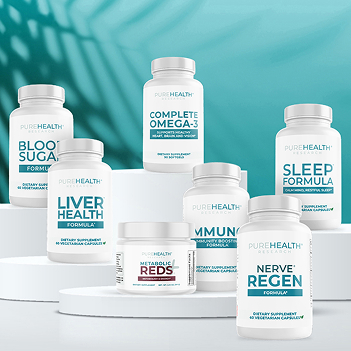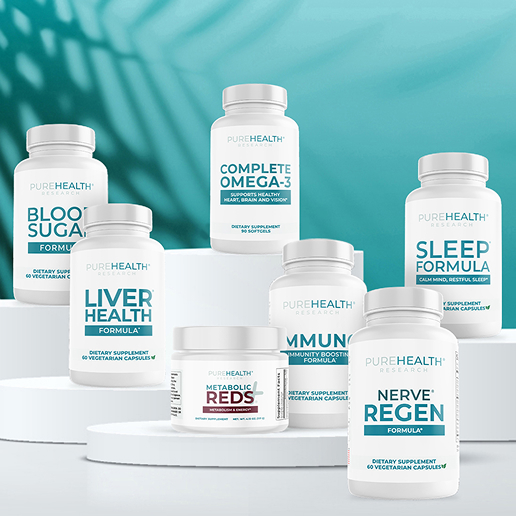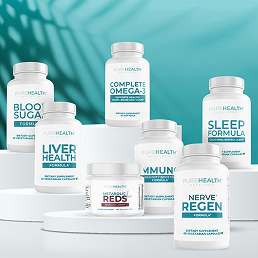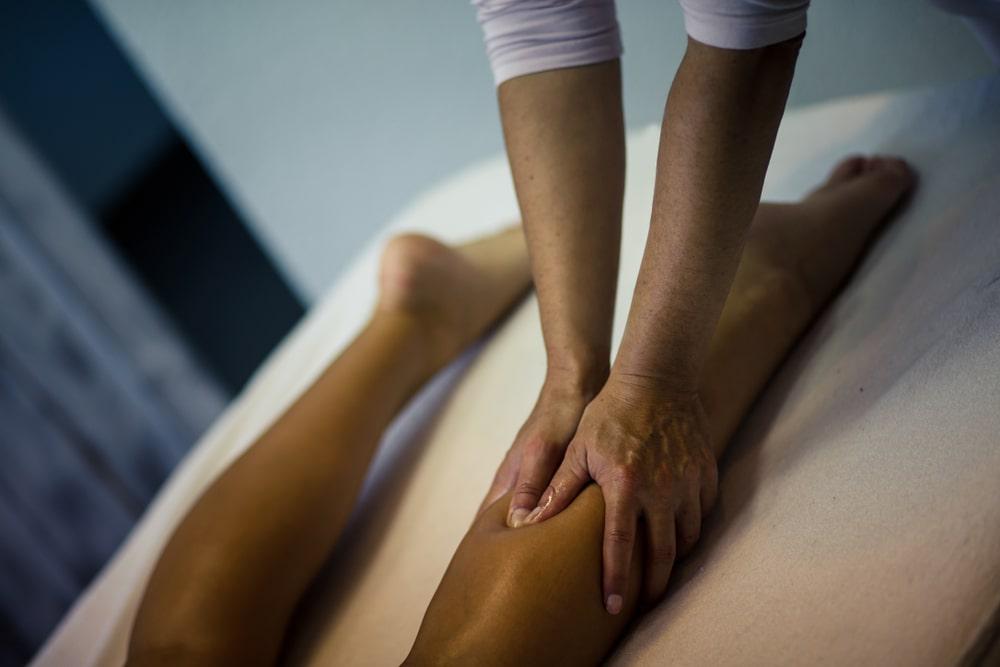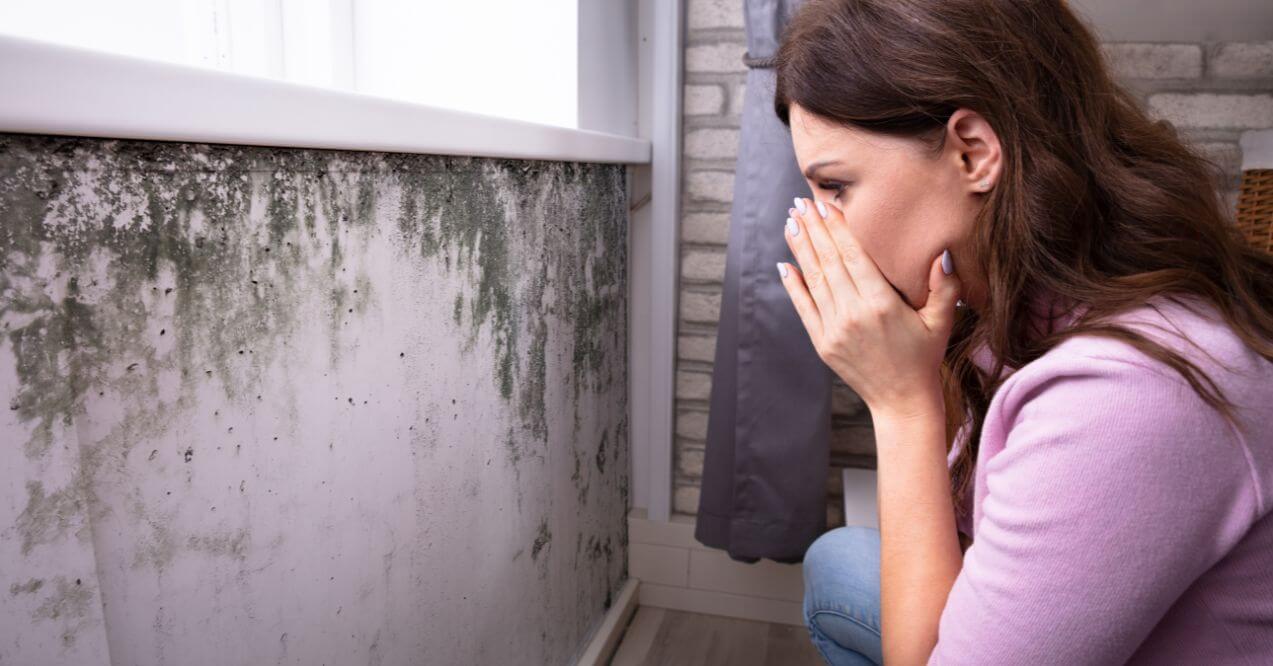10 Best Exercises for Lymphatic Drainage
Move, detox, and thrive! Discover 10 simple exercises to naturally boost your body's lymphatic system and unlock better health and energy.
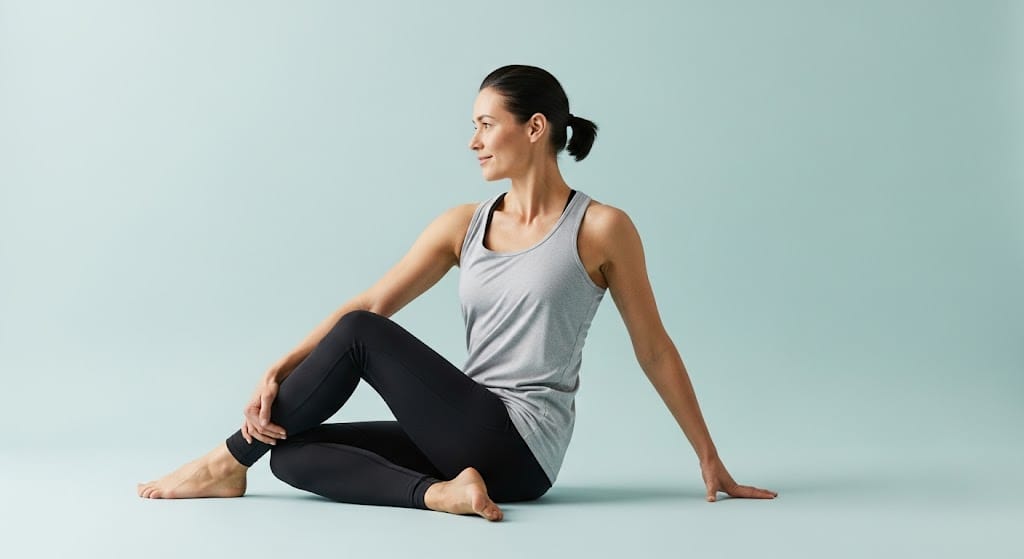

Your body’s silent hero – the lymphatic system – works tirelessly to maintain balance and wellness. Unlike your heart, which pumps blood through your veins, your lymphatic system lacks its own pump. Instead, it relies on something simple yet powerful: movement. Every time you stretch, bend, or walk, you’re helping this vital system flush away toxins and support your immune health.
As we age, maintaining proper lymphatic flow becomes even more important for overall wellness. When this system slows down, you might notice feelings of sluggishness or puffiness. The good news? Simple exercises for lymphatic drainage can make a significant difference in how you feel each day.
In this guide, we’ll explore ten gentle yet effective movements that support your lymphatic health, explain why they work, and share additional tips to promote optimal flow throughout your body.
How Exercise Supports Lymphatic Drainage?
Your lymphatic system is your body’s natural detoxifier, but it needs your help to do its job. Unlike your circulatory system, your lymphatic system doesn’t have a pump. It relies on you to get moving.
When you move your body, your muscles contract. These contractions act like pumps for your lymphatic vessels, helping to push lymph fluid — which carries waste products and toxins — through your system and towards your lymph nodes for filtering.
The best exercises for lymphatic health aren’t intense. Gentle, rhythmic exercises are often better than high-impact activities because they:
- Create consistent pressure without overwhelming your lymphatic system
- Allow for sustained, steady flow rather than erratic movement
- Support your body’s natural cleansing processes without causing stress
Even simple daily movements can make a big difference in how well your lymphatic system functions. If you are curious where to start, read the below section on ten best exercises for lymphatic drainage.
10 Most Effective Exercises for Lymphatic Drainage
The beauty of lymph exercises lies in their simplicity. You don’t need fancy equipment or extensive training to support your lymphatic health. These gentle, low-impact movements can easily become part of your daily routine, offering significant benefits with minimal effort.
Each exercise below is designed to be accessible for all fitness levels, especially for those who may have mobility limitations. Take your time with these movements and remember that consistency matters more than intensity.
1. Deep Breathing

Your diaphragm functions as a natural pump for your lymphatic system. When you breathe deeply, you help move lymph fluid through important pathways in your chest, supporting better circulation throughout your body.
How to do it:
- Find a comfortable position – lying down is best, but you can also sit or stand.
- Place your hands over your abdomen.
- Inhale deeply through your nose, expanding your belly while keeping your chest still.
- Exhale slowly through pursed lips, drawing your belly in toward your spine.
- Repeat 10 times.
2. Shoulder Rolls
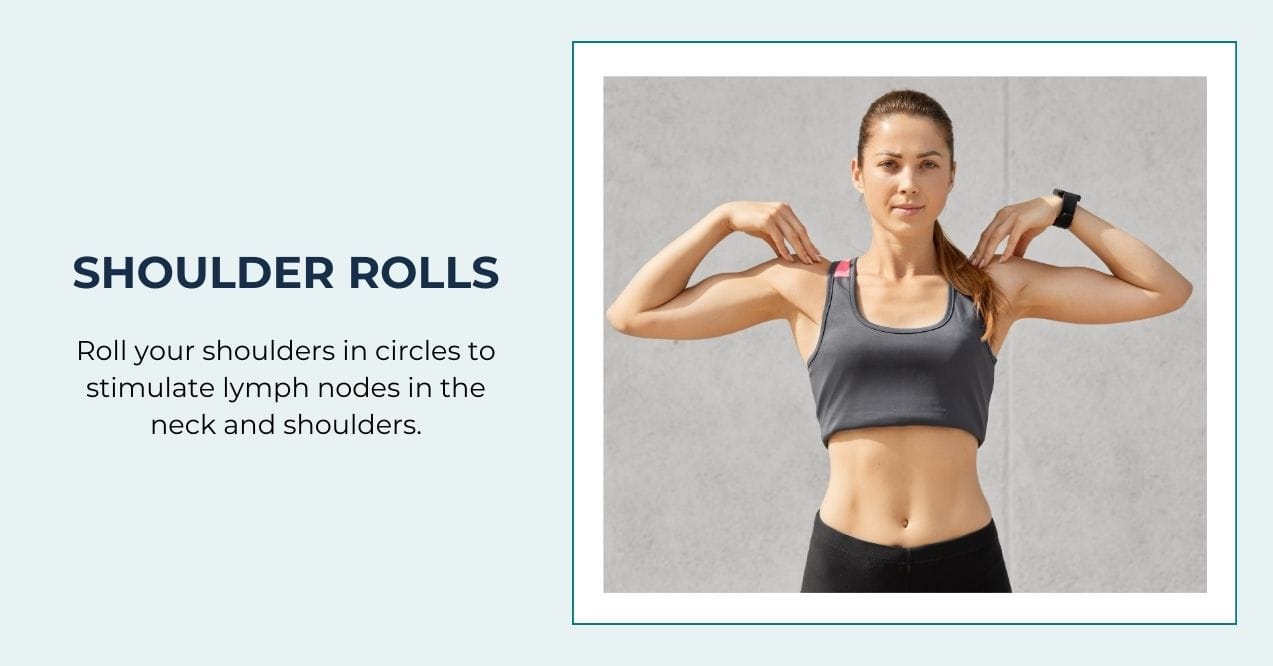
This simple movement stimulates the lymph nodes around your neck and shoulders, promoting better drainage in the upper body. Shoulder rolls are particularly helpful for those who spend long periods sitting.
How to do it:
- Sit or stand with your arms relaxed at your sides.
- Slowly lift your shoulders up, then roll them backward in a circular motion.
- Complete 10 backward circles, then switch directions and roll them forward 10 times.
3. Cat-Cow Stretch
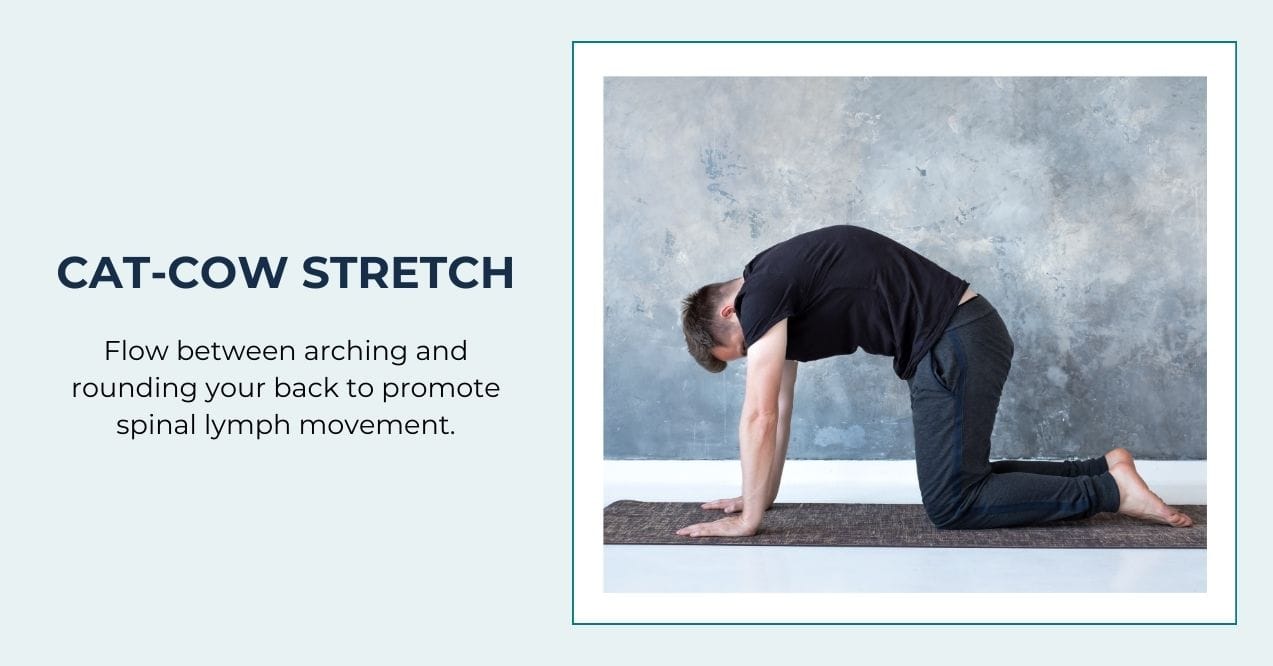
This gentle yoga-based movement creates a wave-like motion along your spine, encouraging lymph flow throughout your torso. It also helps maintain flexibility in your back.
How to do it:
- Start on all fours with your wrists under your shoulders and knees under your hips.
- Inhale as you arch your back, lifting your head and tailbone (Cow Pose).
- Exhale as you round your back, tucking your chin toward your chest (Cat Pose).
- Move slowly between these two positions for 10-15 repetitions.
4. Neck Rotations

The neck contains important lymph nodes that benefit from gentle movement. This exercise for groin neck helps maintain mobility while encouraging lymph movement in the head and neck region.
How to do it:
- Sit or stand with good posture, looking straight ahead.
- Slowly turn your head to the right until you feel a gentle stretch.
- Hold for 5 seconds, then return to center.
- Repeat on the left side.
- Complete 10 repetitions per side.
5. Pelvic Tilts
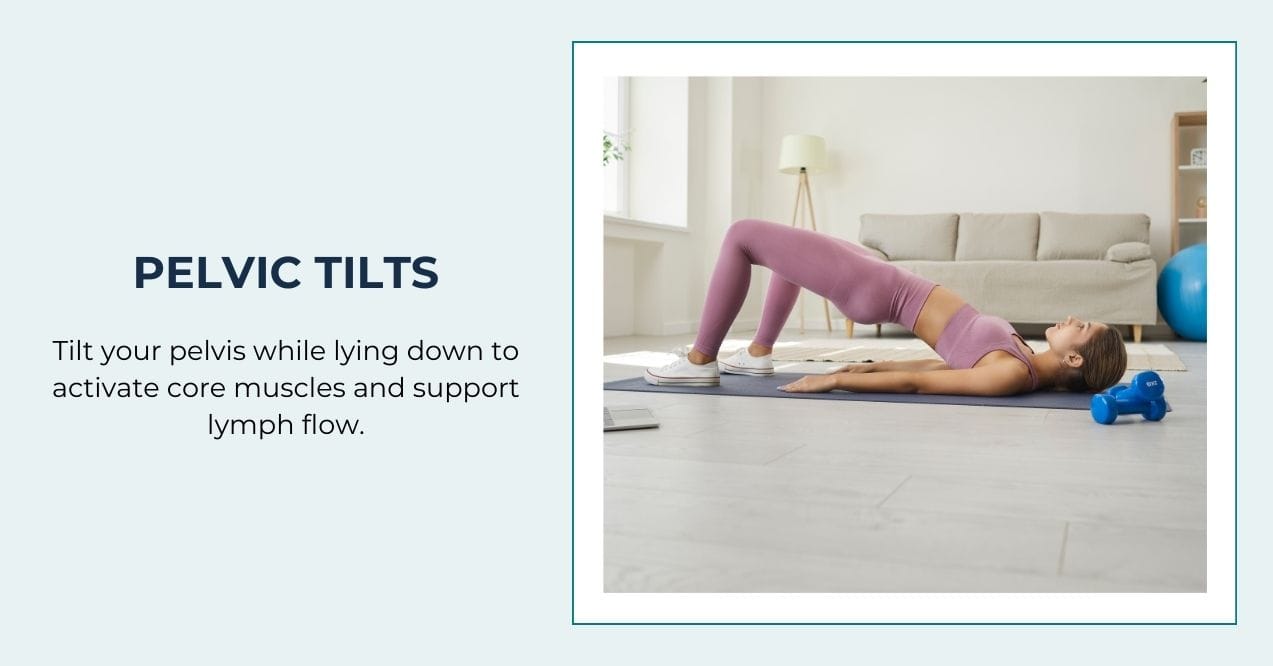
This subtle movement engages your core muscles to stimulate lymph nodes in your lower abdomen and back. Pelvic tilts also help maintain mobility in your lower spine.
How to do it:
- Lie on your back with your knees bent and feet flat on the floor.
- Press your lower back gently into the floor, engaging your abdominal muscles.
- Hold for a few seconds, then relax.
- Repeat 10-15 times.
6. Leg Flexing
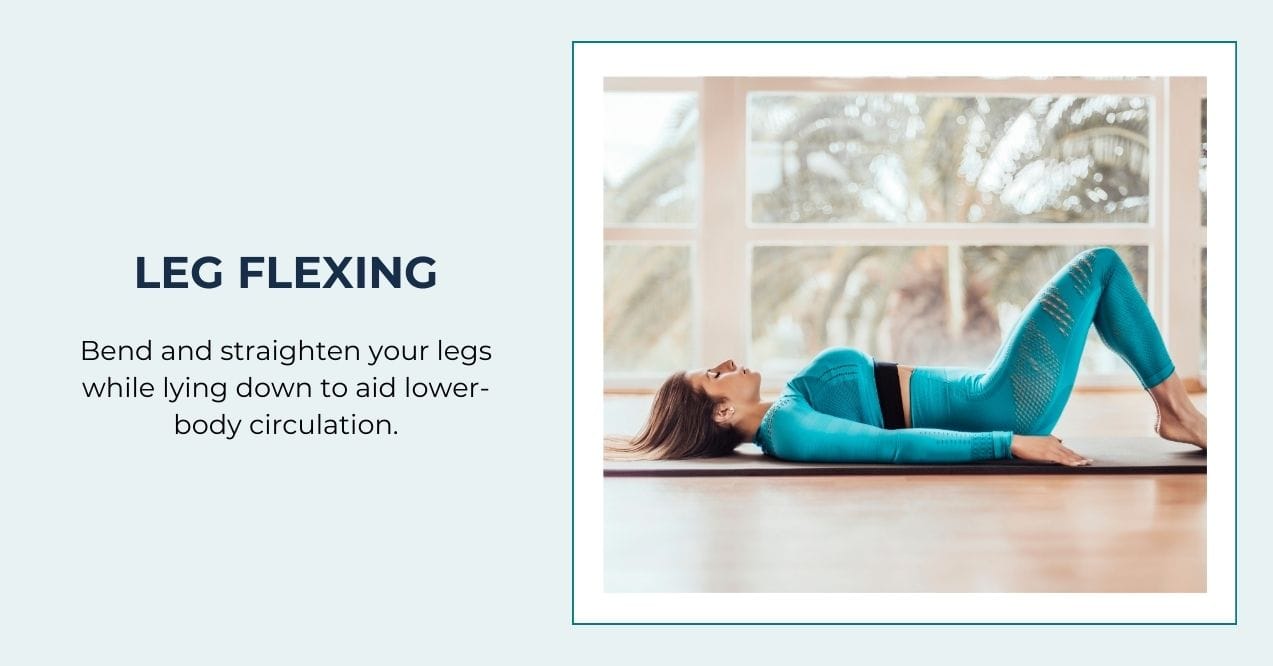
This simple exercise helps improve circulation in your lower body and supports proper fluid balance in your legs. It’s especially beneficial if you experience swelling in your lower extremities.
How to do it:
- Lie flat on your back.
- Slide one leg up so the knee bends comfortably.
- Slowly extend the leg back to its starting position.
- Repeat on the other leg.
- Perform 10 repetitions on each leg.
7. Walking
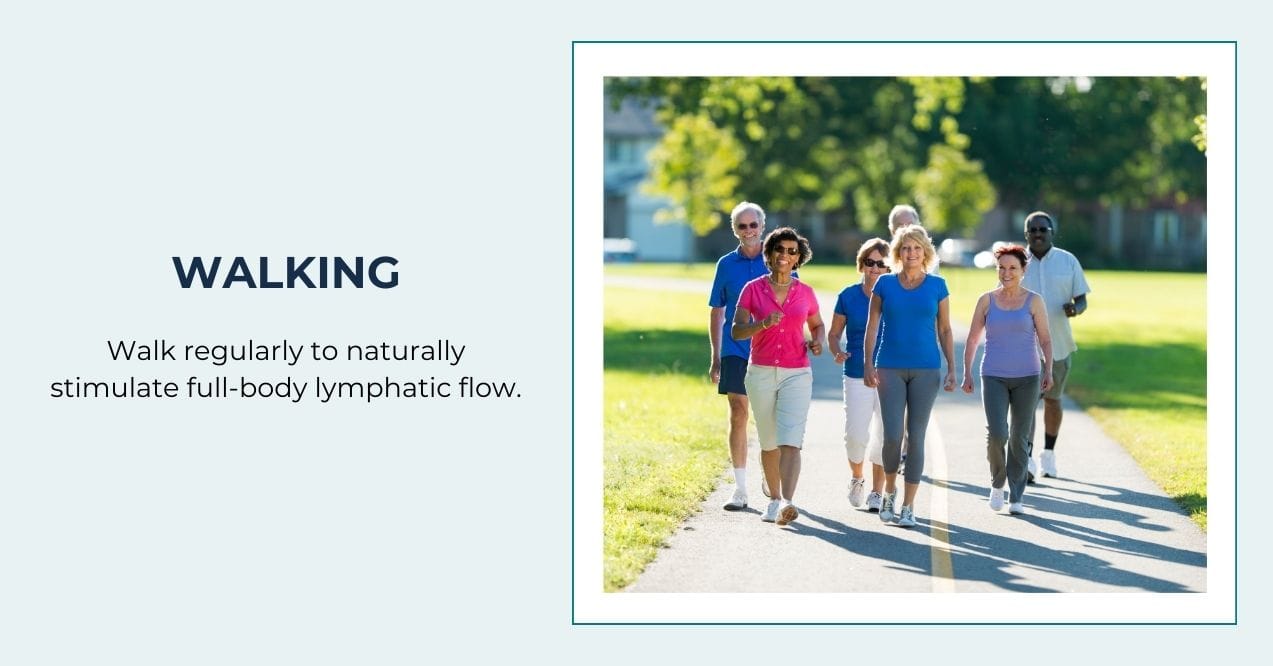
Walking is perhaps the most natural and effective full-body exercise for lymphatic health. Each step creates a pumping action that supports lymphatic flow throughout your entire system.
How to do it:
- Start with a 5-10 minute walk at a comfortable pace.
- Increase duration by 3-5 minutes each week until you reach 20-30 minutes per session.
- If outdoor walking isn’t an option, try marching in place for 5 minutes.
8. Arm Circles
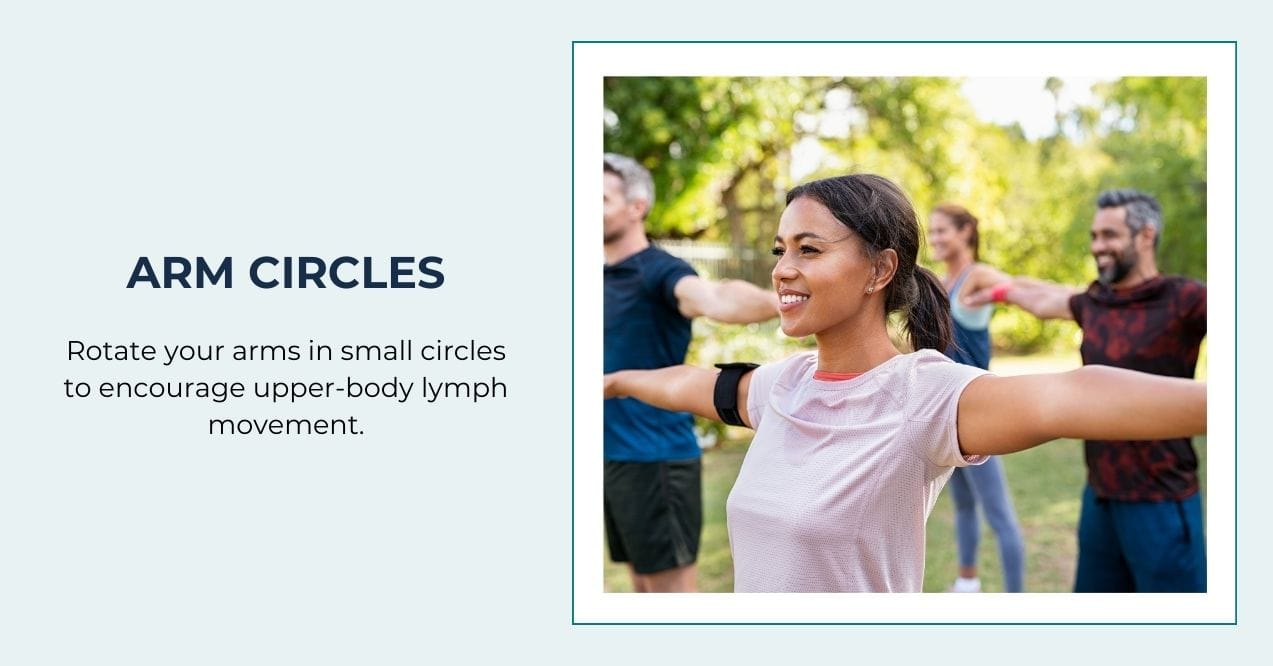
This exercise encourages movement of lymph fluid in your upper body and helps maintain shoulder mobility. Arm circles are excellent lymphedema arm exercises for those concerned about fluid buildup.
How to do it:
- Extend your arms straight out to the sides.
- Make small forward circles for 15 seconds.
- Reverse direction and make backward circles for 15 seconds.
- Repeat for 3 sets.
9. Ankle Pumps
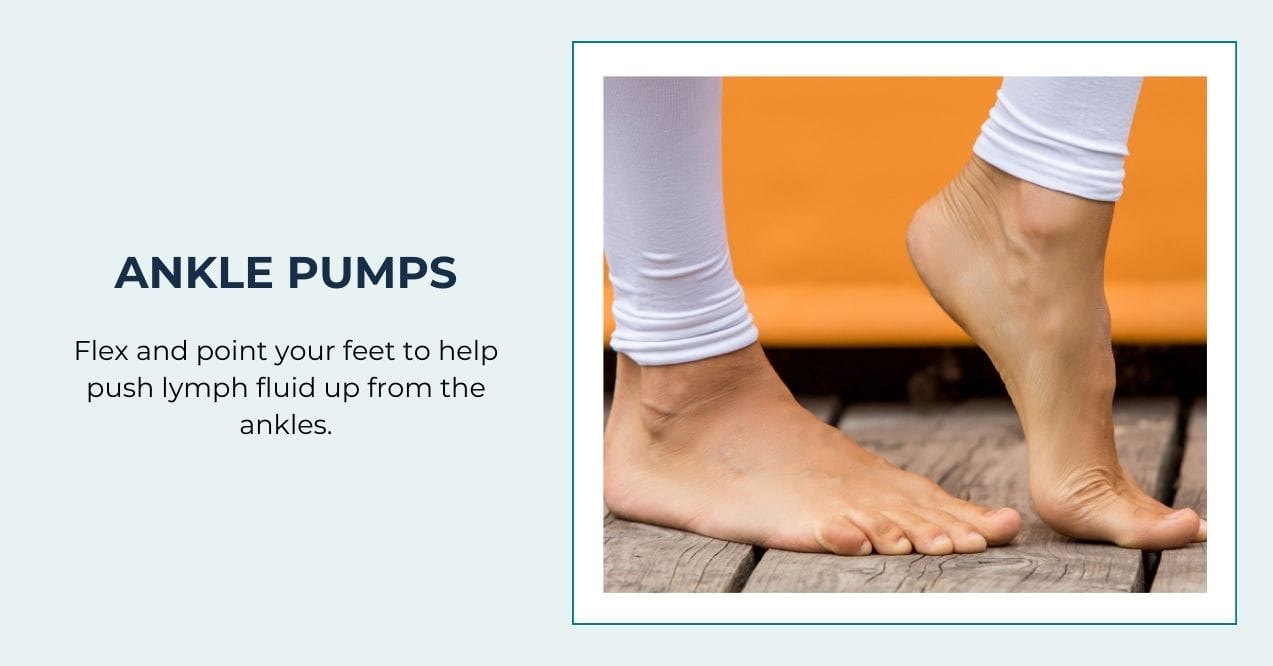
This simple movement helps move lymphatic fluid from your feet and ankles upward against gravity. It’s perfect for those who spend long periods sitting or standing.
How to do it:
- Sit or lie down with your legs extended.
- Flex your feet toward you, then point them away.
- Continue this movement for 10-15 repetitions.
10. Trunk Twists
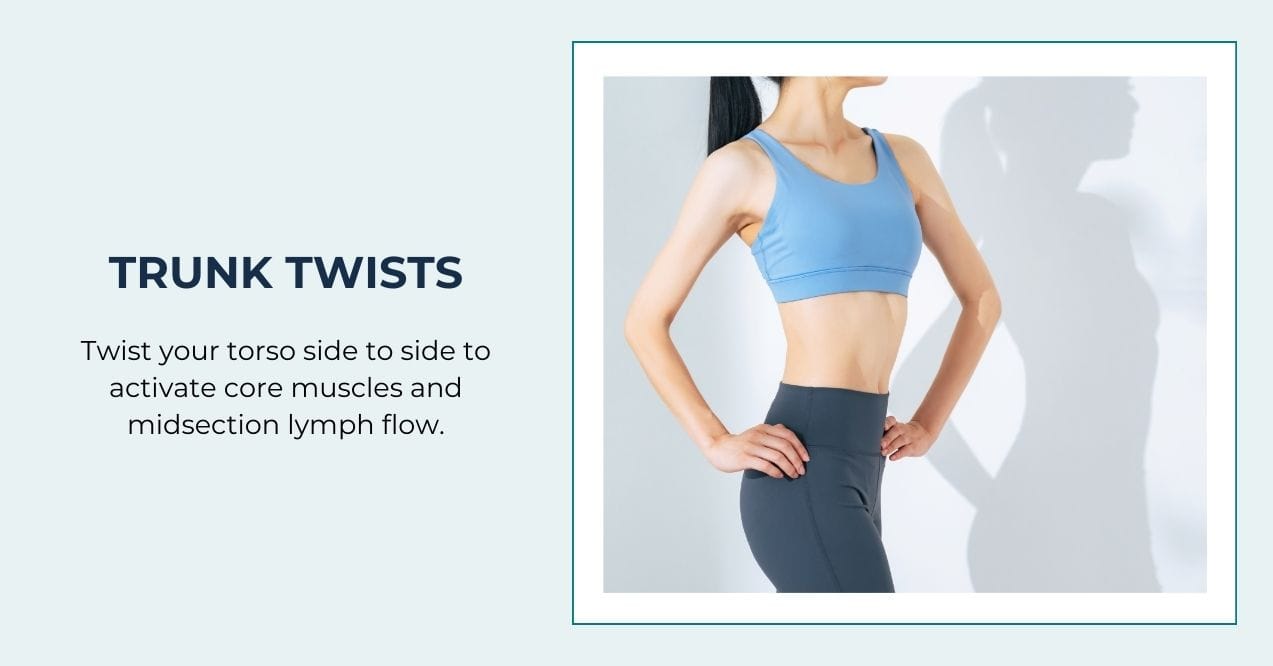
Gentle twisting motions engage your core muscles and promote lymph flow in your midsection. This exercise also helps maintain flexibility in your spine.
How to do it:
- Sit with feet flat on the ground.
- Hold your arms in front of you and twist your torso to the right.
- Return to center, then twist to the left.
- Repeat 10 times on each side.
Additional Lifestyle Tips to Promote Lymphatic Drainage
While exercises for lymphatic drainage form a solid foundation for lymphatic health, complementary lifestyle practices can significantly enhance your results. These simple daily habits work alongside your movement routine to create optimal conditions for lymphatic flow.
- Stay Hydrated – Water is essential for maintaining lymph fluid movement. Aim for at least 8 cups daily to keep fluids circulating efficiently.
- Wear Loose, Comfortable Clothing – Tight clothing can restrict lymph flow, while looser fits promote better circulation and drainage.
- Practice Dry Brushing – Using a natural bristle brush in circular motions on dry skin stimulates lymph circulation and gently exfoliates.
- Massage and Manual Lymphatic Drainage – Self-massage or professional lymphatic drainage techniques help promote better lymph flow and reduce fluid buildup.
- Supplements that Support Lymphatic Flow – Natural supplements like turmeric and ginger may aid circulation and fluid balance. Additionally, essential oils for lymphatic drainage such as grapefruit or cypress oil can be used in massages or baths for added benefits.
For those looking to support their lymphatic system, best supplements for lymph system can be a valuable addition to a well-rounded wellness routine. Formulated to promote fluid balance, support natural detoxification, and maintain healthy lymphatic flow, these supplements help complement your overall health efforts.

Since a sluggish lymphatic system may contribute to puffiness, occasional skin concerns, and a sense of heaviness, incorporating Lymph System Support alongside regular movement and a nutrient-rich diet can help reinforce your body’s natural ability to clear waste and maintain overall well-being.
Conclusion
Your lymphatic system thrives on movement. The simple lymphatic exercises we’ve explored offer powerful ways to support this vital system without demanding intense workouts or complicated routines. By incorporating even a few of these gentle movements into your daily life, you’re helping your body maintain balance and wellness.
Remember that consistency matters more than intensity. Combine these exercises for lymphatic drainage with supportive lifestyle habits like staying hydrated, wearing comfortable clothing, and practicing self-massage for optimal results.
Why not start today? Try the deep breathing exercise right now, followed by some shoulder rolls. Your lymphatic system – and your overall well-being – will thank you for this small yet meaningful investment in your health.
Rebounding, yoga, and brisk walking are excellent for lymphatic drainage. These exercises encourage muscle contractions, which help move lymph fluid. Deep breathing, stretching, and inversion poses in yoga further support circulation and enhance lymphatic flow.
To quickly stimulate lymphatic drainage, try dry brushing, massage, hydration, and deep breathing. Gentle movement like stretching or bouncing on a rebounder enhances circulation. Wearing loose clothing and consuming lymph-supporting foods like citrus and ginger can also help.
Yes, exercise helps flush the lymphatic system by stimulating muscle contractions that move lymph fluid. Activities like walking, yoga, and rebounding enhance circulation, promoting detoxification and reducing fluid buildup for a more efficient lymphatic flow.
Sign up for our Healthy Living newsletter!
Advertisement. This site offers health, wellness, fitness and nutritional information and is designed for educational purposes only. You should not rely on this information as a substitute for, nor does it replace, professional medical advice, diagnosis, or treatment. If you have any concerns or questions about your health, you should always consult with a physician or other health-care professional. Do not disregard, avoid or delay obtaining medical or health related advice from your health-care professional because of something you may have read on this site. The use of any information provided on this site is solely at your own risk.
